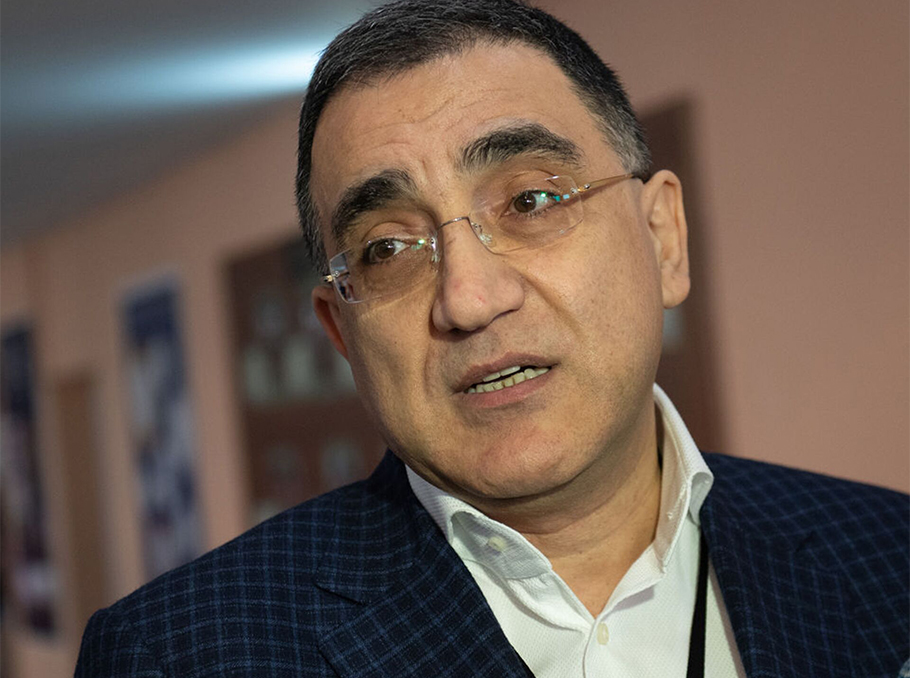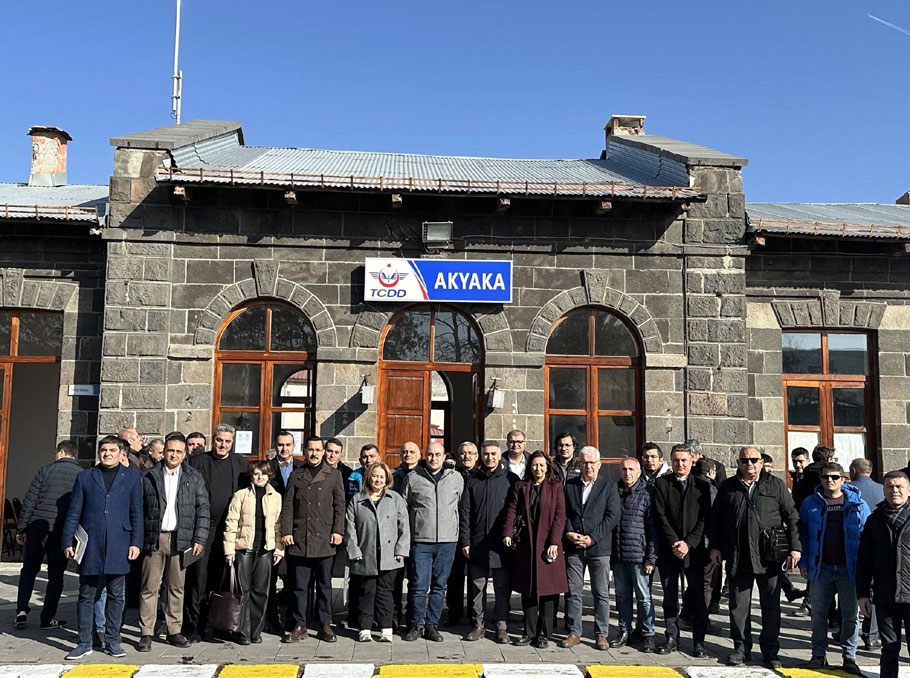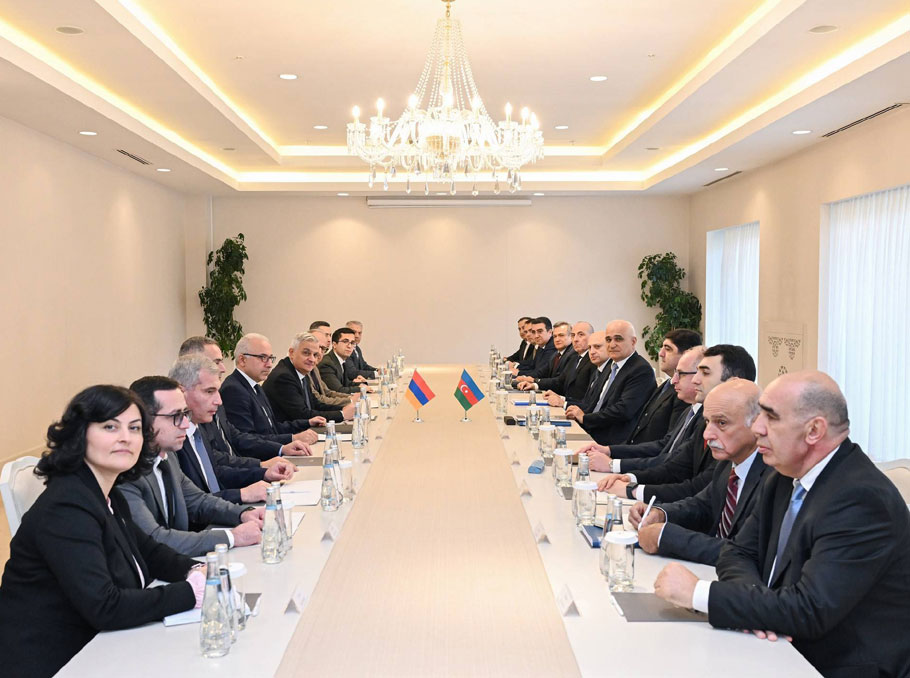At the end of January, we reported about the publication of the analytical report by the Institute of World Economy and International Relations (IMEMO) of the Russian Academy of Sciences “Armenia’s foreign policy at a crossroads: the crisis of multi-vector approach”.
The full report is available at this link.
At Mediamax’s request, former Prime Minister of Armenia, Professor Armen Darbinyan provided comments on the IMEMO report.
It was a clear choice of the Russian vector
Describing Armenia’s policy before the turn in 2020 as “multi-vector” is possible only with the propagandistic goal of consolidating this thesis in the Russian public consciousness. In the Armenian public consciousness, it was not, is not and will not be as such, even if you put enough intellectual effort into it. The Armenian community (both inside and outside Armenia) is absolutely convinced of the pro-Russian vector of the foreign policy before the second Karabakh war, given the unlimited access of Russian state monopolies to resources, a monopoly position in the Armenian infrastructure, identical votes in the UN, verification and obtaining permission for any foreign policy actions, mandatory personnel approvals for positions in the Foreign and Defense ministries. It was a clear choice of one vector - the Russian one. Some pro-Western “antics” did not count at all: both in the West and in Russia, everyone understood perfectly well that they were not serious.
An ally or a mediator?
The fact that Russia did not want to become a party to the conflict but wanted to remain only a mediator made reasonable and unbiased analysts in Armenia that Russia suspect that Russia did not want to resolve the conflict; it was in Russia’s interests to remain an eternal mediator, offering either a carrot or a stick to the parties of the conflict (by the way, three parties, not two - Karabakh has always been a separate party, closest to Russia). For the overwhelming majority of Armenians, Russia was perceived not as a mediator, but as an ally that guaranteed the right of the Armenians of Karabakh to live on their own land, as well as, of course, the inviolability of the ancestral Armenian borders.
The thesis does not stand up to criticism
In the space of scientific analytics, the narrative that “Armenia itself did not become a direct participant in the conflict” is incorrect. It was only an unsuccessful attempt by official Armenia to distance itself from the military conflict in order to avoid being accused of occupation actions. This thesis does not stand up to criticism even from a formal point of view: since 1999, the OSCE Minsk Group and all three co-chairs of the Group have negotiated only with Armenia, not with Karabakh, Armenian conscripts served in Karabakh, Armenia was officially the guarantor of the security of the NKR.
Subtle hint that remains unnoticed
The narrative about the “cultural and historical heritage” of Armenians and Armenia, the “cultural and civilizational” commonality with Russia, the “centuries-old positive experience of relations with Russia” runs like a red line throughout the report. There is a subtle hint here, and it is a pity that Russia prefers not to notice it: the cultural and historical heritage of Armenians includes a huge layer of the so-called Western Armenia, which lacks such commonality with Russia.
The USSR used this subtlety very well: the Armenian Diaspora in the West was mainly a conductor and a very effective lobbyist for the interests of the Soviet Union. Unfortunately, Russia has lost this asset by now. Furthermore, two centuries of a joint journey do not constitute “many” centuries: “many” centuries means more than two centuries at least. We need to get rid of propaganda terminology, and take a sober and honest look at history, the present, and the future. It is also important to understand that Armenia is not “re-evaluating” its own cultural and historical heritage, but simply attempts to move away from ideological cliches and objectively examine historical facts in their variety. And in the context of Armenian-Russian relations, unfortunately, they are not only “positive”. It is enough to recall the tandem of Lenin and Ataturk, as well as many other things.
Real multi-vector approach
And, of course, I cannot agree with the conclusion of the report about two scenarios - either the death of statehood, or the Russian vector. Meanwhile, the third scenario is indicated in the very title of the report - it is the MULTI-VECTOR approach. Real, not imaginary and not sham as it used to be prior to 2020. At the same time, the task of Armenian analysts and politicians is to show and prove Russia’s BENEFIT from the Armenian multi-vector approach (it exists, it is considerable, in some instances even irreplaceable), and the task of Russian analysts and politicians is to take a broader look at Armenia and the Armenian factor in world politics and not perceive it as an appendix.





















Comments
Dear visitors, You can place your opinion on the material using your Facebook account. Please, be polite and follow our simple rules: you are not allowed to make off - topic comments, place advertisements, use abusive and filthy language. The editorial staff reserves the right to moderate and delete comments in case of breach of the rules.